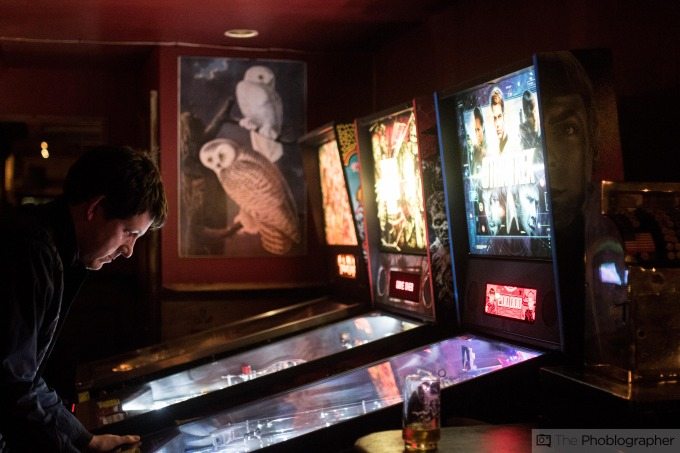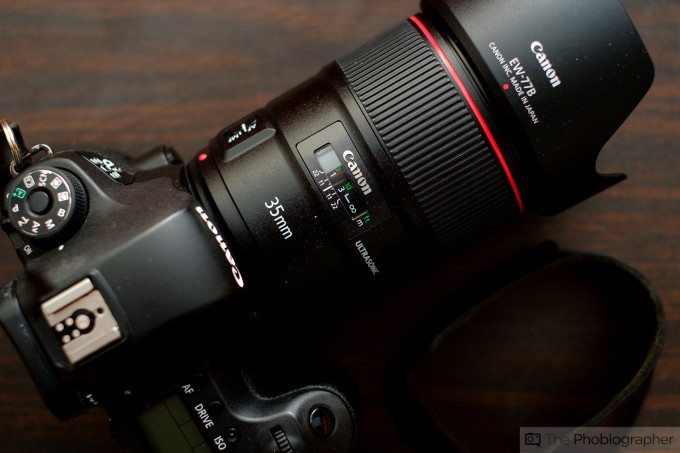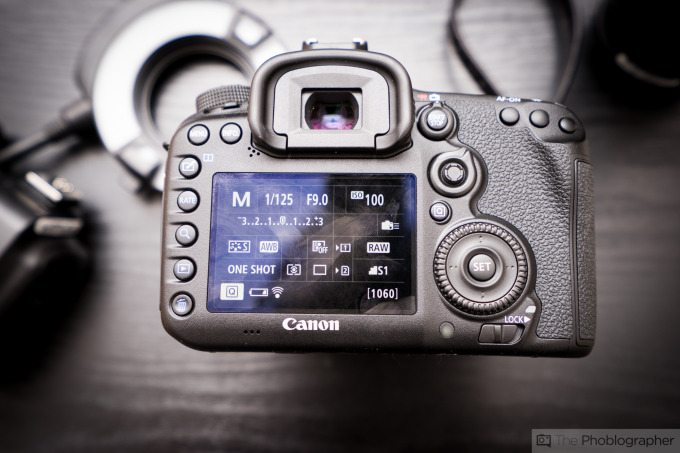Last Updated on 03/25/2016 by Chris Gampat
Letters to the Editor is a recurring series where Chris answers specific emails/letters that could benefit more than one photographer, interesting questions or questions that come in often. Have a question? Send it to chrisgampat[at]thephoblographer[dot]com with subject: Letter to the Editor: (Your name here).
Hey folks!
We’re back with another edition of Letters to the Editor. This week’s question comes from Juli who has a problem with the autofocus performance with her camera. Now as many of the more advanced shooters know, this can be affected by a whole number of issues but nailing down the one in particular can be tough.
Here’s Juli’s letter.
Hi Chris:
I see so many more images that are so much sharper than my own, I mean razor-tack sharp. Most of mine are disappointingly soft. I’ve attached a couple.
I wondered if some of the sharpness I see in others’ images come from HDR, but I doubt they all do. I’ve tried to shoot at high shutter speeds, try to use as low an ISO as possible to reduce noise, narrowed the aperture to increase depth of field, use “L” series Canon lenses, and all mostly to no avail.
I am reading up on information from Canon about focusing (I have a 7D) to see if I can use other focus modes to get better results.
Thanks
– Juli
———————-
Hi Juli,
What you’re experiencing is a very typical case of a problem with beginners. Before I go on, I’m going to come flat out and tell you that you don’t need Canon L glass to get sharp images.
In the one image you sent me, you’re experiencing misfocusing: the camera focused on the guy in the front of the audience instead of the children. There are a number of reasons that could have caused this and from the situation you’re in, I’m going to do my best to explain:
- You probably didn’t manually select a specific focusing point. If you’re telling the camera to use all the autofocusing points then the camera will focus on what it thinks you want in focus and that may not be what you actually want to have in focus at all. This needs to be a two way communication process between you and the camera. So you’ll probably want to press the back * button and then the M fn. button on the front then scroll through using the back camera dial or the front shutter dial. Keep scrolling until you choose the setting with the focusing point and a dot in the middle.After this, you should configure the back joystick on the camera to be able to move the focusing points around when you shift it. This way when you’re shooting, you can tell the camera where you specifically want it to focus.
- You shot this image with a 24-106mm f4 L IS at 1/80th and ISO 3200. Yes, the lens has image stabilization, but that’s not going to help here because of the reciprocal rule of shutter speeds.Now, follow along:
 The reciprocal rule of shutter speeds means that you shouldn’t shoot at a shutter speed less than the reciprocal of your focal length in order to get a perfectly stable, camera-shake free photo. Since you’re using the Canon 7D, every focal length you shoot with means that you need to multiply the number by 1.6x. That means you need to be shooting at around 1/168th. In other words, go for 1/200th of a second. Then you’ll need to raise the ISO levels up enough and open the aperture.Image stabilization is designed to help with this, but you generally shouldn’t use it as a crutch.
The reciprocal rule of shutter speeds means that you shouldn’t shoot at a shutter speed less than the reciprocal of your focal length in order to get a perfectly stable, camera-shake free photo. Since you’re using the Canon 7D, every focal length you shoot with means that you need to multiply the number by 1.6x. That means you need to be shooting at around 1/168th. In other words, go for 1/200th of a second. Then you’ll need to raise the ISO levels up enough and open the aperture.Image stabilization is designed to help with this, but you generally shouldn’t use it as a crutch. - One other problem that can be occurring: there could be a problem with the calibration of the focusing. The 24-105mm f4 L IS is notorious for having this problem, it used to be my bread and butter lens until that drove me to frustration. It’s best to send the camera and lens to Canon telling them about this problem and they’ll fix it for you hopefully.
Other tips on getting sharper images:
- I will always tell everyone to use a flash, but I understand that not everyone knows how to do it properly, so don’t keep that in mind until you want to become more advanced.
- When you’re shooting, don’t use the LCD screen. Use the viewfinder and calibrate the diopter for your eyes. It’s based on your eyesight. Just look through until the text in the viewfinder looks and appears clear to you. Using the LCD screen makes you less stable.
 Look at it like this: take a 50lb weight and hold it with your arm outstretched. Chances are, your arm is going to be super shaky. Then pull the weight in closer to your body and what you’ll see is that you’ve got more stability. The same idea applies to using a camera. Tuck your elbows into your chest as best as you can.
Look at it like this: take a 50lb weight and hold it with your arm outstretched. Chances are, your arm is going to be super shaky. Then pull the weight in closer to your body and what you’ll see is that you’ve got more stability. The same idea applies to using a camera. Tuck your elbows into your chest as best as you can. - I generally hold my breath when I shoot and release the shutter at the top of it because that’s just what works for me. Others exhale, let all the air out and then shoot. To each their own, whatever works. Try both methods.
- Manually select a focusing point. Want the camera to focus on a person’s eye, then move the point onto the eye.
As a matter of ISOs and HDR, HDR images only look sharper because of the toning. When you shoot RAW and edit, you’ll begin to understand this. ISO 6400 on the 7D has an output that can easily be fixed with software like Adobe Lightroom using the noise reduction too. But in general, it’s very tough to get super sharp images at higher ISO settings.
I hope this helps. I often tell people of all walks to not worry about gear unless they genuinely have a need for it. If you don’t need a flash then don’t get one. If you don’t need a 600mm lens then don’t spent the stupid amounts of money on it. Instead, just develop your skillset. In the end, that’s what will help you get the images.




